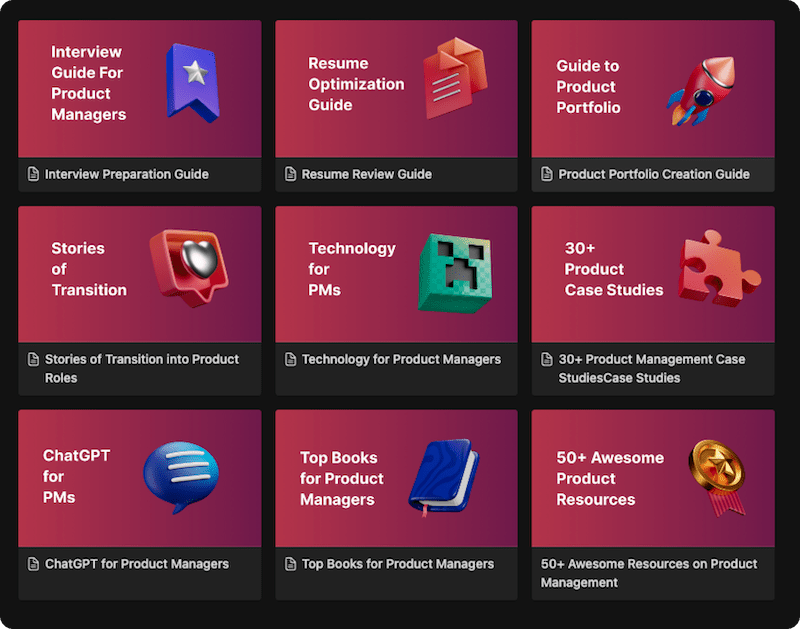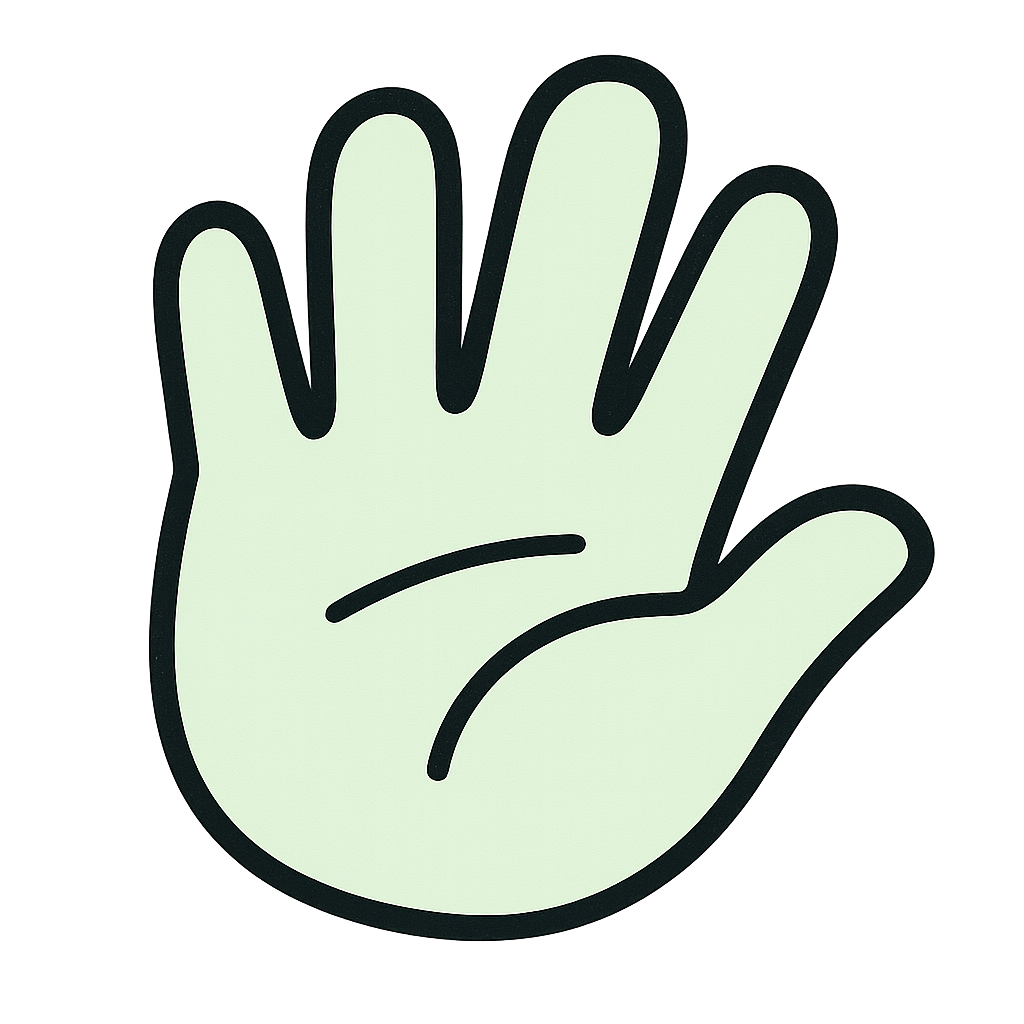As a product manager, have you ever launched a new feature you were certain users would love, only to watch the User Engagement Metrics fall flat? You analyzed the data, you followed the Product Roadmap, but something was missing. The gap often lies not in what you built, but in your understanding of the user’s experience with it. This is where User Journey Mapping becomes your most powerful tool. It’s the practice of seeing your product through your users’ eyes, walking in their shoes from their first fleeting thought about a problem to them becoming a loyal advocate for your solution.
This guide will take you from a novice to a master of User Journey Mapping. We’ll break down the entire process into simple, actionable steps, transforming it from an abstract concept into a practical framework. You will learn not only what a user journey map is, but how to research, build, and use one to make smarter product decisions, foster genuine Stakeholder Alignment, and ultimately, build products that resonate deeply with your users.
Definition & Origin: A Tool for Empathy
While the idea of mapping experiences has roots in service design and marketing from the late 1990s, its adoption in the digital product world has surged with the rise of user-centered design. Pioneers in user experience, like the Nielsen Norman Group, have championed journey mapping as a foundational tool for UX research. They define a journey map as a “visualization of the process that a person goes through in order to accomplish a goal.” The core principle has always been the same: to move beyond raw Analytics & Metrics and build a shared understanding and empathy for the user’s lived experience.
Benefits & Use-Cases: Why Every PM Needs This
Creating a user journey map is not just a UX exercise; it’s a strategic activity with profound business benefits.
- Identifies Pain Points: It highlights exactly where users struggle, get frustrated, or abandon a task, giving you a clear list of problems to solve.
- Fosters a User-Centric Culture: The map becomes a shared reference point for your entire Cross-functional Teams, from engineering to marketing, ensuring everyone is building with the user in mind.
- Reveals Opportunities for Innovation: By understanding the user’s context and emotions, you can spot unmet needs and opportunities to create “wow” moments that improve the Customer Experience.
- Improves Stakeholder Communication: A journey map is a powerful storytelling tool that makes user research tangible and helps justify Feature Prioritization decisions to stakeholders.
- Boosts Key Metrics: By systematically addressing the pain points you uncover, you can directly improve your Conversion Rate, Retention Rate, and Net Promoter Score (NPS).
How It Works: A Step-by-Step Guide to Creating a User Journey Map
Building a user journey map is a structured process. Here’s how to do it from scratch.
Step 1: Define the Scope and Goal
First, be clear about what you’re mapping and why. Are you mapping the journey of a new user during their first week? Or the journey of an existing user trying to complete a specific task?
- Define the User: Select the User Persona for this journey. A persona is a fictional character representing your target user segment. Be specific. “New Project Manager, ‘Priya'” is better than “a user.”
- Define the Scenario: What is the specific goal this persona is trying to achieve? Examples: “Booking a family vacation,” “Creating and sharing a first financial report,” or “Returning an online purchase.”
- Define Expectations: What is your goal for this exercise? Is it to identify friction points in the current onboarding flow or to brainstorm features for a new product?
Step 2: Outline the Journey Stages
These are the high-level, chronological phases the user goes through. For an e-commerce site, the stages might be:
- Discovery: The user realizes they have a need and starts looking for solutions.
- Consideration: The user finds your product and evaluates it against competitors.
- Purchase: The user decides to buy, navigates the checkout process, and makes a payment.
- Delivery/Use: The user receives the product and begins using it.
- Advocacy: The user has a great experience and leaves a review or recommends the product.
Step 3: List User Actions and Touchpoints
Within each stage, list the specific actions the user takes and the touchpoints (points of interaction) they use.
- Example (Consideration Stage):
- Actions: Reads product descriptions, compares prices, looks at customer reviews, watches a demo video.
- Touchpoints: Product page, review section, YouTube, competitor websites.
Step 4: Map Thoughts and Emotions
This is the heart of the journey map—it’s where you build empathy. For each action, what is the user thinking and feeling?
- Thoughts: Capture their internal monologue. “Is this product reliable?” “Is this price too high?” “This looks complicated.” Use direct quotes from user interviews or Voice of Customer (VOC) data.
- Emotions: Represent their emotional state with a simple line graph. Are they feeling excited, confused, anxious, relieved? This emotional line will visually pinpoint the highs and lows of the experience.
Step 5: Identify Pain Points and Opportunities
This final step makes the map actionable.
- Pain Points: Where do the negative emotions dip? What questions are left unanswered? What processes are clunky? These are your problems to solve.
- Opportunities: Brainstorm solutions for each pain point. How can you turn a moment of frustration into one of delight? These ideas can feed directly into your Product Backlog and inform your Product Roadmap.
Mistakes to Avoid: Common Journey Mapping Traps
- Basing it on Assumptions: A journey map without real user research (interviews, surveys, analytics) is a work of fiction. Always ground your map in data.
- Being Too Vague: A map for a generic “user” is not useful. Focus on a specific User Persona and scenario.
- Making it a One-Time Activity: A user journey map is a living document. Revisit and update it as your product evolves and as you gather new insights.
- Forgetting to Share It: The map’s greatest value is as a shared tool. Don’t create it and hide it away. Plaster it on a wall, share it in presentations, and make it central to your team’s conversations.
Examples / Case Studies: A Simple E-commerce Journey
Let’s map a simple journey for a persona named “Alex,” who is buying a new coffee maker online.
| Stage | Actions | Thoughts | Emotions | Pain Points & Opportunities |
| Discovery | Sees an ad on social media. Searches “best drip coffee makers.” | “My old one broke. I need a new one fast.” | Neutral, Curious | Opportunity: Optimize SEO for relevant keywords. |
| Consideration | Clicks on your site. Compares 3 models. Reads reviews. | “This one has great reviews, but is it easy to clean?” | Intrigued but Uncertain | Pain Point: Lack of cleaning info. Opportunity: Add a “Care & Cleaning” section to the product page. |
| Purchase | Adds to cart. Starts checkout. Gets hit with unexpected shipping fees. | “Ugh, shipping is $15? I’ll check Amazon instead.” | Frustrated, Annoyed | Pain Point: Surprise fees. Opportunity: Offer a free shipping threshold and display it prominently. |
| Delivery | Receives the package. The box is damaged. | “Oh no, I hope it’s not broken inside.” | Anxious | Pain Point: Poor packaging. Opportunity: Invest in better packaging and send proactive delivery updates. |
| Advocacy | The coffee maker works great. The company sends a follow-up email asking for a review. | “I love this thing! I should tell my friends.” | Delighted | Opportunity: Implement a referral program. |
Related Concepts & Comparisons
User Journey Map vs. Customer Journey Map vs. User Flow
These terms are often used interchangeably, but they have distinct meanings. Let’s use a vacation analogy.
- Customer Journey Map: This is the big picture. It covers the entire experience a person has with your company, across all channels, online and offline.
- Analogy: The entire vacation, from dreaming about a trip and seeing a TV ad for a resort, to booking, flying, staying at the hotel, and posting photos on Instagram afterward.
- User Journey Mapping: This is more specific. It focuses on how a user interacts with a specific product or service to achieve a goal.
- Analogy: The specific journey of using the Expedia website to research flights and hotels, compare prices, and complete the booking.
- User Flow: This is the most granular. It’s the click-by-click path a user takes through an interface to complete a single task.
- Analogy: The exact steps to apply a discount code during checkout: click “Apply Code,” type in the code, click “Submit.”
Conclusion
User Journey Mapping is more than just a UX deliverable; it’s a strategic lens that changes how you view your product and your users. It forces you to step out of the office and into the user’s world, replacing internal assumptions with genuine empathy. By charting the course of their actions, thoughts, and emotions, you create a narrative that is impossible to ignore. This story becomes the bedrock of a truly user-centered Product-Led Culture, aligning your entire organization around the shared goal of solving real human problems.
As a product manager, making user journey maps a regular part of your process will be transformative. It will provide the qualitative “why” behind your quantitative data, give you unshakable confidence in your prioritization decisions, and empower you to advocate for the user in every meeting. Don’t just build features; build experiences. Start mapping the journey today, and you’ll be well on your way to creating products that don’t just work, but delight.
FAQ’s
It can range from a half-day workshop for a simple map based on existing knowledge to several weeks for a complex map grounded in extensive new user research.
You need both qualitative data (from user interviews, support tickets, reviews) to understand the “why” and quantitative data (from tools like Google Analytics or Product Analytics platforms) to understand the “what” and “how many.”
It should be a collaborative effort. Involve people from product, design, engineering, marketing, sales, and customer support. A diverse team will create a much richer and more accurate map.
Every map should include: 1) The Persona, 2) The Scenario/Goal, 3) Journey Stages, 4) User Actions, 5) User Emotions, and 6) Opportunities.
Learn better with active recall quiz
How well do you know What is User Journey Mapping? Let’s find out with this quick quiz! (just 10 questions)


